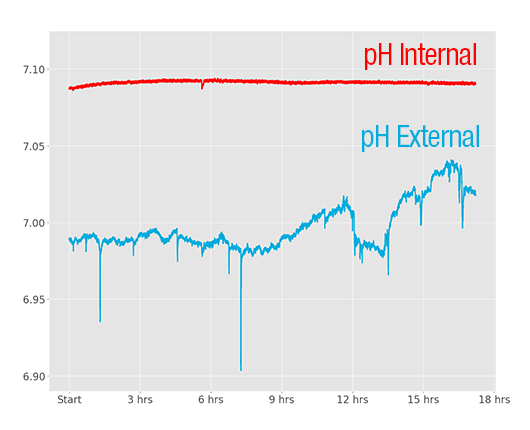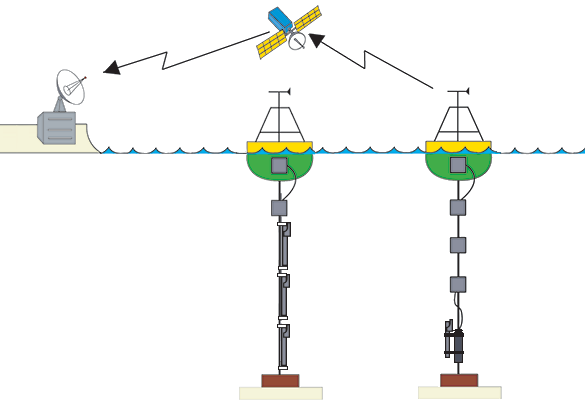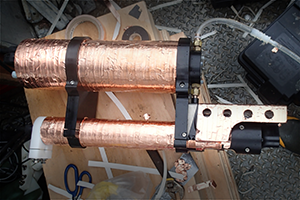- PRODUCTS
- MODEL LIST
- APPLICATIONS
- SUPPORT
- SALES/SERVICE
- BLOG
- ABOUT
April 2019 Newsletter old

Diagnosing Erratic pH External Data
We’ve seen failures of the Internal Reference where pH Internal from a Shallow SeaFET falls out of spec, often due to improper storage of the internal KCl electrolyte. The data above paint a different picture, however. Chugging away in a stable test bath, this Shallow SeaFET reported noisy pH External values while pH Internal stayed stable and well within the expected range. Can you guess what is happening here?
Find the Answer
We’ve seen failures of the Internal Reference where pH Internal from a Shallow SeaFET falls out of spec, often due to improper storage of the internal KCl electrolyte. The data above paint a different picture, however. Chugging away in a stable test bath, this Shallow SeaFET reported noisy pH External values while pH Internal stayed stable and well within the expected range. Can you guess what is happening here?
Find the Answer

Inductive Modem ISFET pH Sensors
Sea-Bird Scientific’s line of ISFET pH sensors only communicate via RS-232. However, savvy integrators can utilize the SBE 44 Underwater Inductive Modem as the link between the SeaFET/SeapHOx and an existing inductive modem mooring, providing long-term measurements of pH with little additional hardware.
Learn How
Sea-Bird Scientific’s line of ISFET pH sensors only communicate via RS-232. However, savvy integrators can utilize the SBE 44 Underwater Inductive Modem as the link between the SeaFET/SeapHOx and an existing inductive modem mooring, providing long-term measurements of pH with little additional hardware.
Learn How

SeaFET V2 pH Sensor Best Practices
The SeaFET V2 and SeapHOx V2 have only been available for a few months, but the original SeaFET V0.5 has been around since 2012. While the underlying measurement technology is the same, functional differences between the V1 and the V2 are significant. Read our SeaFET V2 Best Practice Guide to learn how to properly handle the SeaFET V2, as well as some deployment tricks we’ve learned along the way.
Download the Guide
The SeaFET V2 and SeapHOx V2 have only been available for a few months, but the original SeaFET V0.5 has been around since 2012. While the underlying measurement technology is the same, functional differences between the V1 and the V2 are significant. Read our SeaFET V2 Best Practice Guide to learn how to properly handle the SeaFET V2, as well as some deployment tricks we’ve learned along the way.
Download the Guide

Meet Our People: Ben Crossen, Technical Customer Support
Ben joined Sea-Bird Scientific in February 2019. He comes from Videojet, one of our sister companies within the Danaher organization, with a degree in Electronics and previous experience in customer support. His current role has him supporting and assisting Sea-Bird Scientific’s end users in instrument operation, data analysis, and general troubleshooting. Outside of work he is a fan of international travel, ice hockey (both in the rink and on TV), and rescuing dogs.
Open Positions
Ben joined Sea-Bird Scientific in February 2019. He comes from Videojet, one of our sister companies within the Danaher organization, with a degree in Electronics and previous experience in customer support. His current role has him supporting and assisting Sea-Bird Scientific’s end users in instrument operation, data analysis, and general troubleshooting. Outside of work he is a fan of international travel, ice hockey (both in the rink and on TV), and rescuing dogs.
Open Positions

